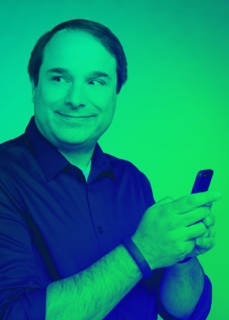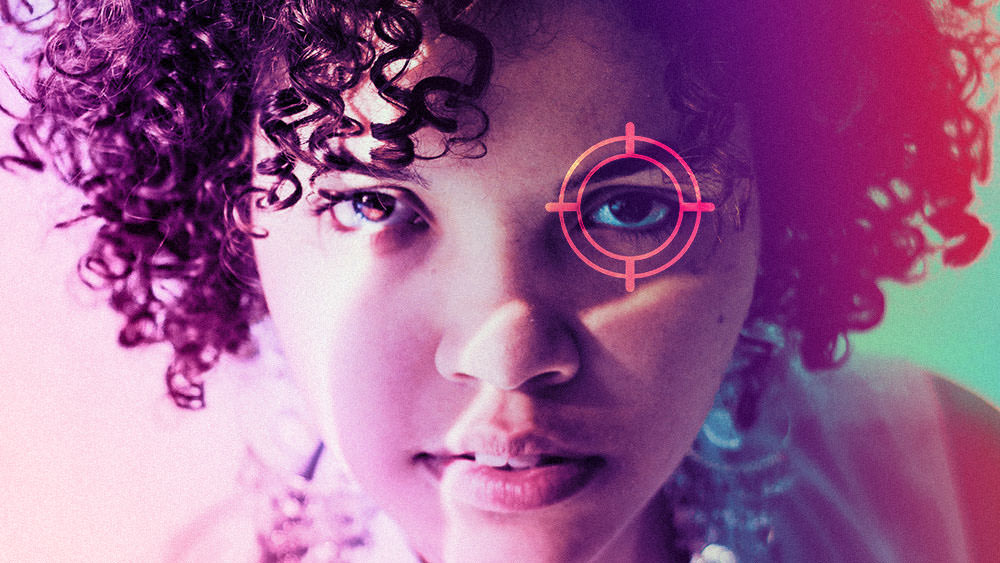Although ELeague is still relatively young, the Turner-owned esports competition has established itself as a leader in the space by finding new ways to engage with its broad audience, which includes both hardcore fans and casual ones that tune into televised games—even watching from Buffalo Wild Wings restaurants.

ELeague has never been shy about pushing the envelope through technology, and the league has partnered with Sliver.tv to have tournaments broadcast in VR, while Dojo Madness offers advanced analytics and data visuals. Most recently, ELeague partnered to integrate Tobii eye-tracking biometrics at the ELeague CS:GO Premier earlier this month through its partnership with Alienware. In a sponsored segment called “Getting Technical,” commentators used highlights gathered from the eye-tracking technology to give audiences further insight into the gameplay and perhaps what players are thinking.
Getting Technical
Robert Occhialini, vice president of esports products and technology at ELeague, started at Turner’s NBA sports digital group, so he’s accustomed to advanced analytics for sports.
“When I came over to esports, I was really excited because a lot of the limitations of advanced analytics in traditional sports are about data capture,” Occhialini told AListDaily. “You can only do analysis on what you can capture. But with esports, the game itself is made out of data, so the bottleneck of capturing data is removed, and you’re left with this problem of analysis. So, we knew we wanted to do something with bringing more advanced analytics to Counter-Strike.”
Occhialini explained that all the technological integration, from VR to biometrics, came from months of planning and discussion. The way eye tracking works is that the device shines infrared light onto the player’s eyes while special cameras and software track their movement. It was originally developed to help the disabled, but Tobii partnered with Alienware to explore its gaming applications. The technology can be found on Alienware 17 laptops, which is the reason the high-end gaming computer brand facilitated this partnership.
“For us, working with ELeague was a factor of wanting to have an esports sponsorship that was more than business as usual with logo and hardware placements, which we do with nearly every partner in the esports space,” David Chen, esports project lead for Alienware and Dell Gaming, told AListDaily. “What we wanted to do with ELeague was find someone who had the same focus that we did in terms of creating something meaningful for the esports industry—something that would be memorable and interesting.”
“We’re very committed to continuous improvement,” said Occhialini. “So, we’re always going to be out there looking for the next thing that is going to enhance the broadcast. I think the advanced analytics and eye tracking biometrics are both ways we can enhance our broadcast and help people understand the game better—understanding why teams are good, not just that they’re good.”
Occhialini explained that ELeague wants to give its fans both self-directed and user-directed immersive experiences. For example, the VR experience has the 2D broadcast embedded in it. Therefore, audiences don’t have to give up the 2D screen to experience the tournament in VR.
“What I would say is that it’s not resting on our laurels. It’s not in our DNA to be complacent and do the same thing in the next season that we did in the one before,” said Occhialini. “With ELeague, we’re trying to be additive to esports. Esports coverage is a new thing, and it should be evolving rapidly, so that means we should be trying new things to better people’s understanding.”
Expanding Technology

By all accounts, the eye-tracking debut at the CS:GO Premier was a huge success on social media and Reddit, much to the joy and surprise of Occhialini himself, given how new and untested the technology was in an esports setting.
“ELeague tweeted some of the videos, and the fan reaction was even better than what I could have hoped for,” he said. “They totally get it, they understand how valuable it is, and they want to see more of it. That’s a home run.”
Chen said, “If you read through the Reddit threads that popped up over the [first] weekend, [you’ll find that] the community is also very excited. They’ve been super excited to see the possibilities of what this technology can do for them. There are some people who are extremely excited to see the eye-tracking replay for their favorite players. We are all approaching this technology not just as marketers and business folks on these teams, we’re also approaching as fans. We want to see what this technology can do to make an impact on the scene.”
Both Chen and Occhialini agreed that this was just the beginning for the technology, as they figure out ways to further integrate and refine eye tracking so that audiences may better understand the games. Chen joked that if there were a Dell partner that specialized in wireless heart rate monitors, haptic suits and sweat peripherals, he’d be knocking on their door to talk about esports integration.
Looking To The Future
A possible next step for the technology is to help aspiring players learn more, either by watching the eye-tracking highlights, analyzing the data or using the technology at Alienware Academy, where players can learn from the pros.
“I think the biometrics and advanced analytics adds content to the broadcast that hasn’t been there in the past,” said Occhialini. “They give fans of the game a way to understand some things they might not have before. Also, it gives people who play Counter-Strike an opportunity to understand what separates the pros from them and maybe give them an idea of how to improve.”
“If esports is solely built on a digital platform like PC, there should be an obvious next step for how all that data can be used in a practical and friendly way,” Chen added. “I think we’re just at the tip of the iceberg now, and we aspire to see how we can leverage technology like this to help esports gain more traction and acceptance.”
Chen also said that with Alienware being such a premium brand, Dell wanted to create something that audiences could think back on and hold in high regard.
“There are a lot of tournaments out there, but if you want to look for the most cutting-edge esports experience, it’s going to happen on ELeague,” said Chen. “Hopefully, it will be because of a partner like Alienware. In 10 years, I want Dell to be known as that catalyst for that kind of change.”
Although biometrics may be a great benefit to hardcore fans, ELeague also has to think about the televised tournaments on TBS, which attract more casual viewers. Occhialini explained that technologies like VR—being a separate experience—can be an addition without subtraction, while eye tracking might help both casual and hardcore fans understand the game better, making Counter-Strike more accessible. Understanding the game better will make it easier to explain it to other people
“I don’t think that any of these technologies are things that only hardcore fans will get value or benefit out of,” said Occhialini. “I do think that there’s a delicate balance between addressing the hardcore audience and making sure that you’re making the broadcast accessible, but I think we’ve been managing that since Season One.”
“The good thing about CS:GO compared to other esports is that it is the most straightforward and adjustable to a mainstream audience,” said Chen. “As it is a game that’s already more digestible, this added ey- tracking layer described by the casters in the right way will only serve to make the game and broadcast even more palatable for a mainstream audience.”
Chen explained that the eye tracking has been a very meaningful debut for Dell, as the company looks to target a broad audience of gamers.
“When you talk about the gamut of audiences ELeague will go after this year and in the future, our goal is to say Alienware [brought] innovative stuff like eye-tracking biometrics, but we also have Dell and its monitors for games like Rocket League or Street Fighter. We try to balance out the right products for the right audience as supported by what ELeague is able to do throughout the year.”
The inclusion of eye tracking was a major success, but it’s still too early to tell how far ELeague will go with the technology. Short-term goals include putting tracking on more systems to cover more players, but fans will have to wait and see if the technology will be included in other tournaments.
“We see ELeague as a very long-term partner for us, and as we talk about how we can make the data behind esports more adaptable, useful and meaningful as we present it, a lot of how Alienware and Dell Gaming are going to innovate in this space are all going to share similar tenets as far as driving innovation and production,” said Chen. “A lot of our esports partnerships are going to rely upon the core strengths of our partners so we can take it to the next level.”
“I hope that in the future, we’re seen as leaders that are adding to the space and moving the fan experience forward,” said Occhialini. “We’re looking forward to incrementally improving the stuff that we put out there.”

